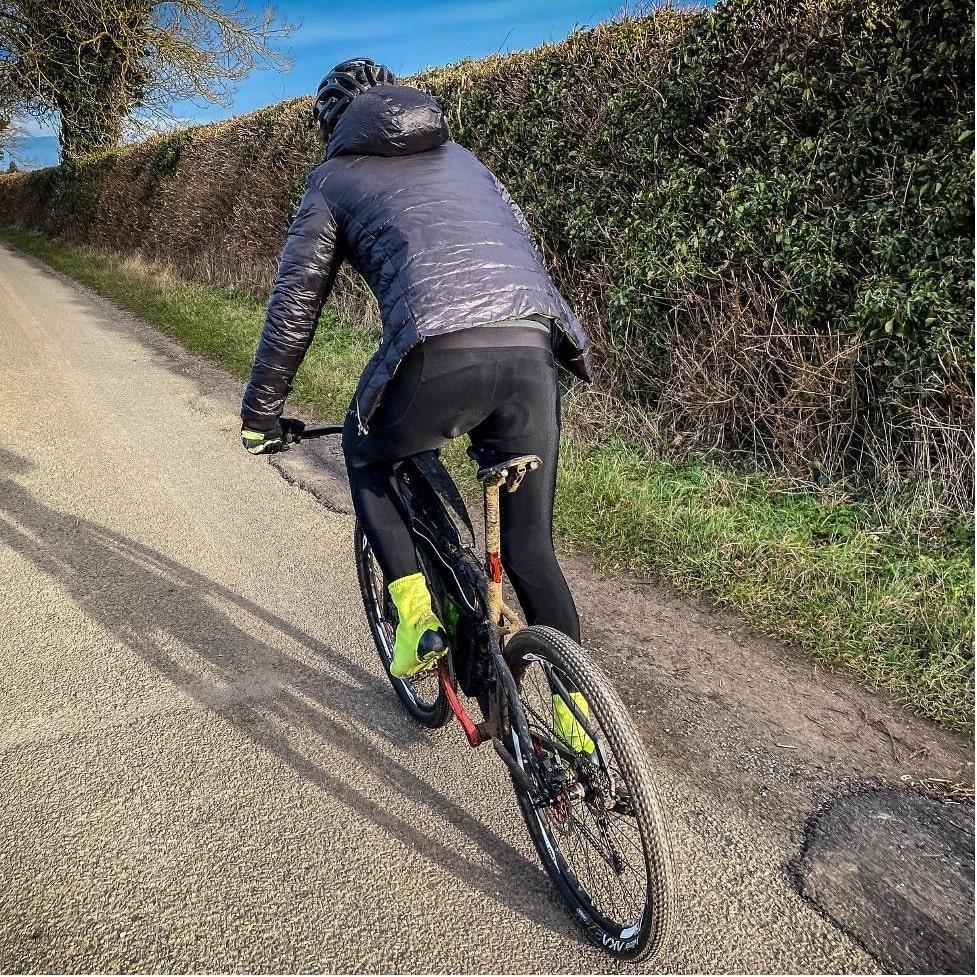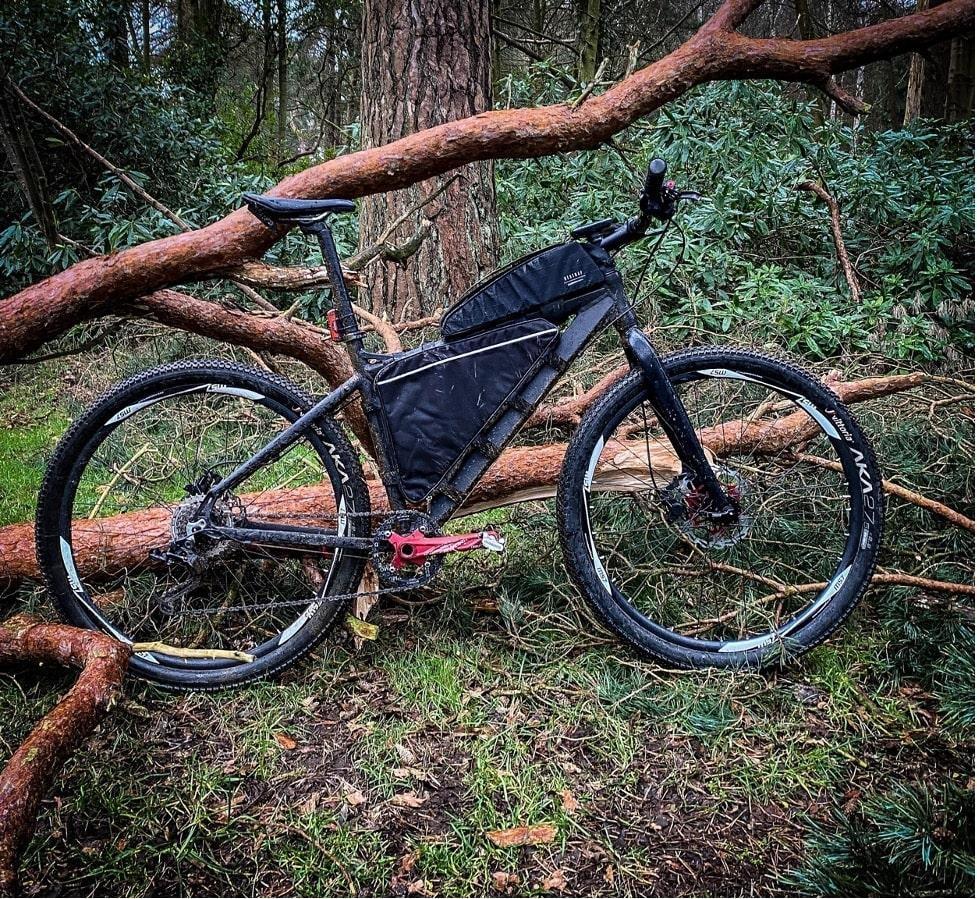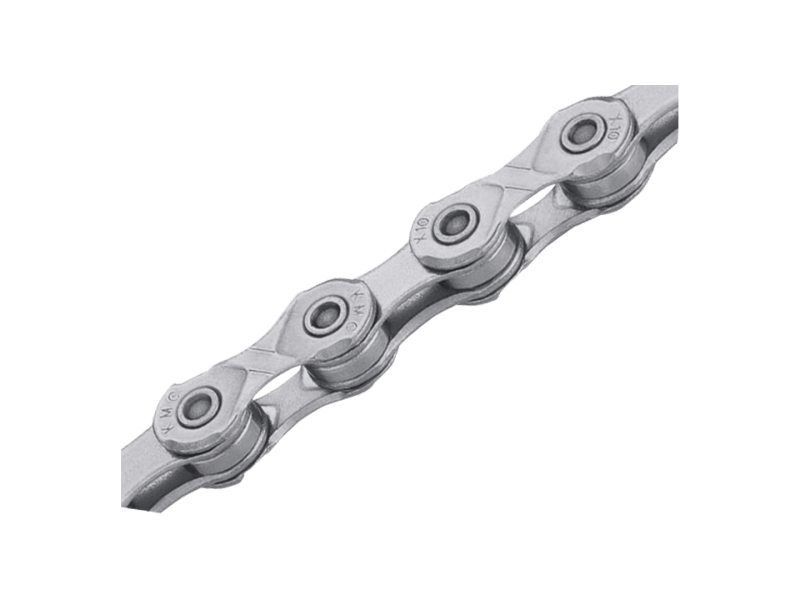Yes, mountain bikes can be used on the road. They are versatile and can handle both rough trails and paved surfaces.
Mountain bikes are designed for rugged terrains but are also capable on roads. These bikes have sturdy frames, wide tires, and good suspension, making them adaptable. Riders often use them for commuting, casual rides, or fitness. While mountain bikes may not be as fast as road bikes on pavement, they offer comfort and stability.
The upright riding position provides better visibility and control. Additionally, their durability makes them suitable for various weather conditions. Ensure proper tire pressure and consider smoother tires for better road performance. Mountain bikes are a versatile choice for those who enjoy both off-road adventures and urban cycling.

Credit: biketestreviews.com
Mountain Bikes On Urban Roads
Many cyclists wonder, can mountain bikes be used on the road? The answer is yes! Mountain bikes are versatile and can navigate urban roads effectively. Let's explore the benefits and challenges of using mountain bikes in the city.
Advantages Of Using Mountain Bikes
Mountain bikes offer several benefits for city riding. Here are some key advantages:
- Durability: Mountain bikes are built tough. They can handle potholes and rough surfaces.
- Comfort: These bikes have wider tires, providing a smoother ride on bumpy roads.
- Better Control: Mountain bikes have superior braking systems. This helps in sudden stops.
- Versatility: You can ride on different terrains. This includes parks, trails, and streets.
Challenges To Consider
While mountain bikes are great, there are some challenges to think about:
- Heavier Weight: Mountain bikes are heavier than road bikes. This can make pedaling harder.
- Slower Speed: Due to their design, they are slower on flat roads.
- Tire Noise: Knobby tires can be noisy on pavement. This might be annoying for some riders.
- Maintenance: More parts mean more maintenance. Regular checks are needed.
Despite these challenges, many riders find mountain bikes suitable for urban roads. They offer a balance of comfort, durability, and control. If you prioritize these factors, a mountain bike can be a great choice for city riding.
Tire Considerations
When using mountain bikes on the road, tire considerations are crucial. Different terrains require different tire types and pressures. Understanding these differences can enhance your riding experience.
Tire Types
Mountain bike tires are designed for off-road use. They have deep treads for better grip on uneven terrain. On roads, these treads can cause more friction and slow you down. Here are common tire types:
- Knobby Tires: Great for dirt, mud, and rocky paths.
- Slick Tires: Smooth and narrow, ideal for road use.
- Hybrid Tires: A mix of both, suitable for light off-road and road.
For road use, consider switching to slick or hybrid tires. These tires offer less resistance and more speed.
Tire Pressure
Tire pressure affects your bike's performance on the road. Mountain bike tires usually have lower pressure for off-road grip. On the road, higher pressure is beneficial. Here is a simple guide:
| Tire Type | Recommended Pressure (PSI) |
|---|---|
| Knobby Tires | 30-50 PSI |
| Slick Tires | 60-80 PSI |
| Hybrid Tires | 40-60 PSI |
Maintaining proper tire pressure ensures a smoother ride. It reduces the risk of flats and improves speed.
Check tire pressure regularly. Use a reliable gauge to ensure accuracy.
Suspension Systems
Mountain bikes are known for their rugged durability. A key feature is their suspension systems. These systems absorb shocks from rough terrain. But can they also benefit you on the road? Let's find out.
Benefits On Pavement
Mountain bikes with suspension systems offer a smooth ride on rough city streets. The suspension forks help absorb bumps and cracks. This makes your ride more comfortable. You can ride longer without feeling tired. Your wrists and back will thank you.
| Suspension Type | Benefit |
|---|---|
| Front Suspension | Absorbs impacts from potholes |
| Full Suspension | Offers maximum comfort on uneven roads |
Maintenance Tips
Keep your suspension system in top shape with regular checks. Here are some maintenance tips:
- Check the suspension forks for any leaks.
- Clean and lubricate the suspension components.
- Adjust the suspension settings for road riding.
- Consult your bike's manual for specific guidelines.
Follow these tips to ensure a smooth and safe ride. Your mountain bike can be a great road companion too.

Credit: biketestreviews.com
Gearing And Speed
Mountain bikes are designed for rugged trails and uneven terrain. But can they be used on roads? Understanding their gearing and speed capabilities is crucial. The way a mountain bike handles gear ratios and speed limitations makes a big difference on paved surfaces.
Gear Ratios
Mountain bikes often have lower gear ratios. This helps riders climb steep hills with ease. On the road, this gearing can feel slower. Road bikes have higher gear ratios. They help riders maintain faster speeds on flat surfaces.
Here is a comparison of typical gear ratios:
| Bike Type | Lowest Gear Ratio | Highest Gear Ratio |
|---|---|---|
| Mountain Bike | 0.7:1 | 3.5:1 |
| Road Bike | 1.2:1 | 5.0:1 |
Speed Limitations
Mountain bikes are built for control, not speed. Their tires are wider and have more grip. This adds friction and slows the bike down. On roads, you may not achieve high speeds.
Road bikes, in contrast, have narrow tires. They reduce friction and allow higher speeds. Below is a quick comparison:
- Mountain Bikes: Average speed of 10-15 mph on roads
- Road Bikes: Average speed of 15-20 mph on roads
If you need to ride fast, a mountain bike may not be ideal. But for casual rides, it can still be fun and effective.
Comfort And Ergonomics
Mountain bikes are designed for rough terrains. But they can offer comfort on roads too. The key lies in comfort and ergonomics. Adjusting the seat and handlebar positions can make a big difference. Let's explore how these adjustments can enhance your road biking experience.
Seat Adjustments
The seat plays a crucial role in your comfort. A well-adjusted seat can prevent back pain. It also helps in efficient pedaling. Here are some tips for adjusting your seat:
- Height: Your legs should be almost straight when pedaling.
- Angle: The seat should be parallel to the ground.
- Position: Ensure the seat is not too far forward or backward.
Proper seat adjustments ensure a comfortable ride. It also reduces the risk of injuries.
Handlebar Positions
Handlebars affect your riding posture. The right position can reduce strain on your wrists and shoulders. Here are some tips for adjusting your handlebars:
- Height: Set the handlebar at a comfortable height for your back.
- Angle: Adjust the angle for a relaxed grip.
- Width: Ensure the handlebars are not too wide or narrow.
Adjusting the handlebars can improve your control and comfort. It also helps in better handling of the bike.
Here is a quick comparison table for seat and handlebar adjustments:
| Adjustment | Seat | Handlebar |
|---|---|---|
| Height | Legs almost straight | Comfortable for back |
| Angle | Parallel to the ground | Relaxed grip |
| Position/Width | Not too forward/backward | Comfortable width |
Adjusting your mountain bike for road use can be simple. These tips can make your ride smoother and more enjoyable.
Safety Precautions
Riding your mountain bike on the road can be exciting. Yet, it's crucial to follow safety precautions to avoid accidents. Below are some key safety tips to keep in mind.
Visibility Gear
Being visible to other road users is essential. Wear bright and reflective clothing. Use lights on your bike, especially at night or in low-light conditions.
| Visibility Gear | Purpose |
|---|---|
| Reflective Vest | Makes you visible to drivers |
| Front and Rear Lights | Helps you see and be seen |
| Reflective Tape | Adds extra visibility to your bike |
Traffic Awareness
Always be aware of the traffic around you. Follow traffic rules strictly. Use hand signals to communicate your intentions to other road users.
- Check your surroundings frequently.
- Ride in the same direction as traffic.
- Stay in designated bike lanes when available.
By following these safety tips, you can enjoy a safer ride on the road with your mountain bike.
Cost Implications
Mountain bikes can be used on the road, but there are cost implications. Before making a decision, consider these financial aspects. Understanding the costs helps you make an informed choice.
Initial Investment
The initial investment for a mountain bike varies widely. Entry-level mountain bikes start at around $300. High-end models can cost over $5,000. This price range covers different bike types and features. Consider your budget and needs carefully. The more you spend, the better the components and durability.
| Bike Type | Price Range |
|---|---|
| Entry-Level | $300 - $800 |
| Mid-Range | $800 - $2,000 |
| High-End | $2,000 - $5,000+ |
Maintenance Costs
Maintenance costs for mountain bikes can add up. Regular servicing is crucial for keeping your bike in good condition. Expect to spend around $50 to $100 per service. This includes tuning brakes, gears, and checking tires. Frequent use increases wear and tear, leading to higher costs.
Here's a quick breakdown of common maintenance tasks:
- Tire replacement: $20 - $60 per tire
- Brake pads: $10 - $30 per set
- Chain replacement: $20 - $50
- Gear tuning: $30 - $70
These costs can vary based on the bike model and usage. Regular maintenance ensures safety and longevity.
Comparing With Road Bikes
Mountain bikes and road bikes serve different purposes. They are designed for different terrains and experiences. But, can mountain bikes be used on the road? Let's compare them to road bikes to understand their differences.
Performance Differences
Mountain bikes are built for rough terrain. They have wider tires and suspension systems. This makes them comfortable on bumpy paths. Yet, on smooth roads, these features become less useful.
Road bikes, on the other hand, have narrow tires and lightweight frames. They are designed for speed and efficiency on paved surfaces. This makes them faster and easier to handle on roads.
| Feature | Mountain Bike | Road Bike |
|---|---|---|
| Tires | Wide, knobby | Narrow, smooth |
| Suspension | Yes | No |
| Frame | Heavy | Light |
| Speed | Slower | Faster |
Use Case Scenarios
Mountain bikes excel on off-road trails. They handle rocks, roots, and mud well. For city commuting, they offer a comfortable ride. But, they are slower on smooth roads.
Road bikes shine on paved paths. They are ideal for long-distance cycling. Their lightweight design allows for quick acceleration. This makes them perfect for urban travel and racing.
- Mountain Bikes: Best for trails, rough terrains, and city commuting.
- Road Bikes: Best for paved roads, long-distance, and racing.
Both types of bikes have their unique advantages. Choosing depends on your primary riding environment.

Credit: www.schwinnbikes.com
Frequently Asked Questions
Can Mountain Bikes Be Used On Pavement?
Yes, mountain bikes can be used on pavement. They offer stability and comfort. However, their knobby tires may create more rolling resistance.
Are Mountain Bikes Good For City Riding?
Mountain bikes can handle city riding well. Their robust build and suspension provide comfort. Just be aware of the extra weight.
Can You Ride A Mountain Bike Long Distances?
You can ride a mountain bike long distances. They're durable and comfortable but may be slower on paved roads.
What Are The Disadvantages Of Using A Mountain Bike On The Road?
Mountain bikes have knobby tires that increase rolling resistance. They are heavier and can be slower on paved roads.
Conclusion
Mountain bikes can be used on the road effectively. They offer versatility and durability for various terrains. While not as fast as road bikes, their robust design ensures a smooth ride. Just remember to adjust tire pressure and use slick tires for better road performance.
Enjoy the ride, wherever it takes you.

No comments:
Post a Comment